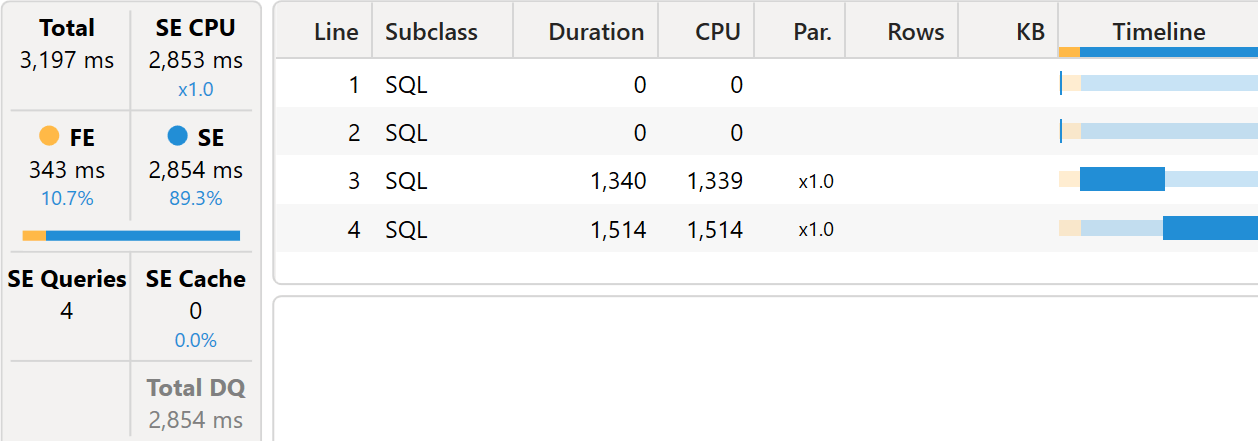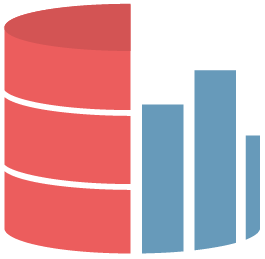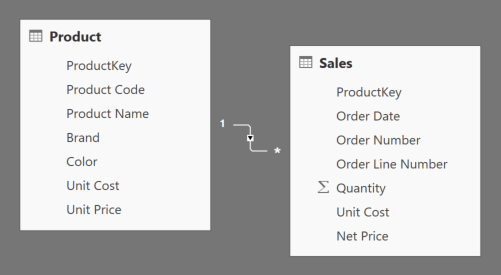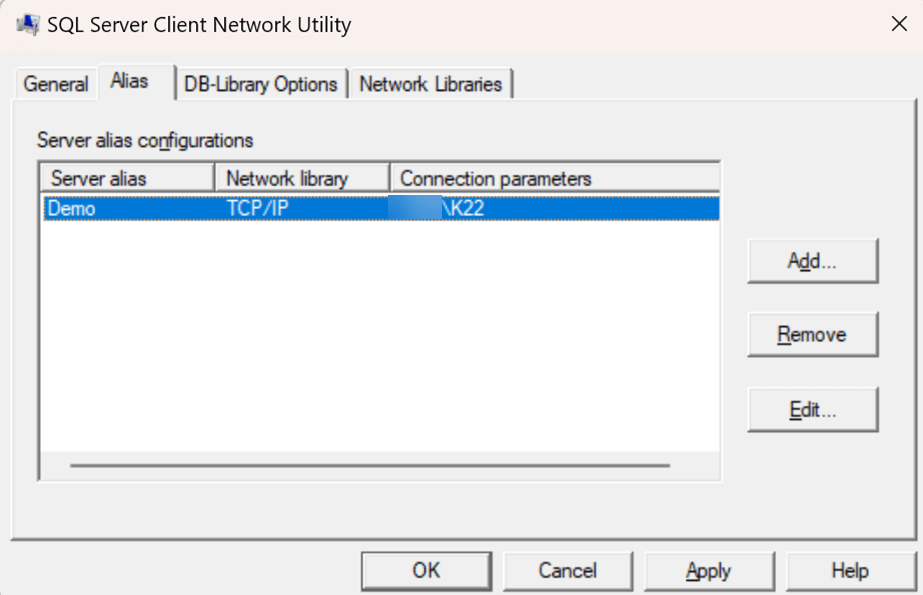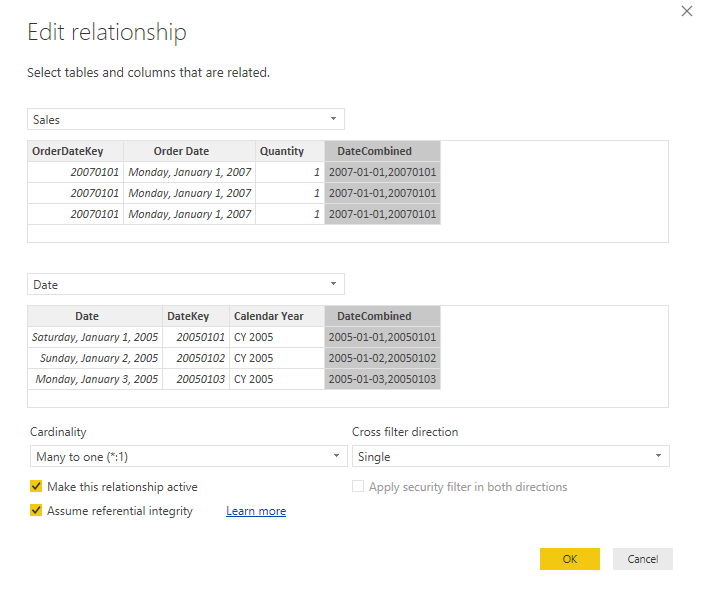-
This article describes how to optimize time intelligence calculations with DirectQuery over SQL in Power BI by avoiding time intelligence DAX functions. Read more
-
In DAX string comparison requires you more attention than in SQL, for several reasons: DAX doesn’t offer the same set of features you have in SQL, a few text comparison functions in DAX are only case-sensitive and others only case-insensitive,… Read more
-
white paper
SSAS Tabular as Analytical Engine
This article describes the pros and cons of using SQL Server Analysis Services Tabular as the analytical engine in a service or application, based on the experience of companies who have adopted it. Read more
-
article
From SQL to DAX: Joining Tables
In SQL there are different types of JOIN, available for different purposes. This article shows the equivalent syntaxes supported in DAX and it was updated in May 2018. Read more
-
If you create server aliases for SQL Server connections, you should be aware of the changes introduced in SQL Server 2022. At SQLBI we use aliases to identify the server’s name in the connection of our sample files (Power BI… Read more
-
article
Querying raw data to Tabular
This article describes how to extract raw data stored in the Tabular engine, used by Analysis Service Tabular, Power BI, and Power Pivot. Read more
-
article
From SQL to DAX: Grouping Data
The GROUP BY condition of a SQL statement is natively implemented by SUMMARIZE in DAX. This article shows how to use SUMMARIZE and an alternative syntax to group data. Read more
-
VertiPaq is the internal column-based database engine used by PowerPivot and BISM Tabular models. High cardinality columns might be the more expensive parts of a table. If you cannot remove a high cardinality column from a table, by using the… Read more
-
This article describes the behavior of the COMBINEVALUES function in DAX, and how it can optimize the performance of DirectQuery with multi-column relationships. Read more
-
This article explains the roles of the formula engine and of the storage engine used to execute DAX queries. Read more
